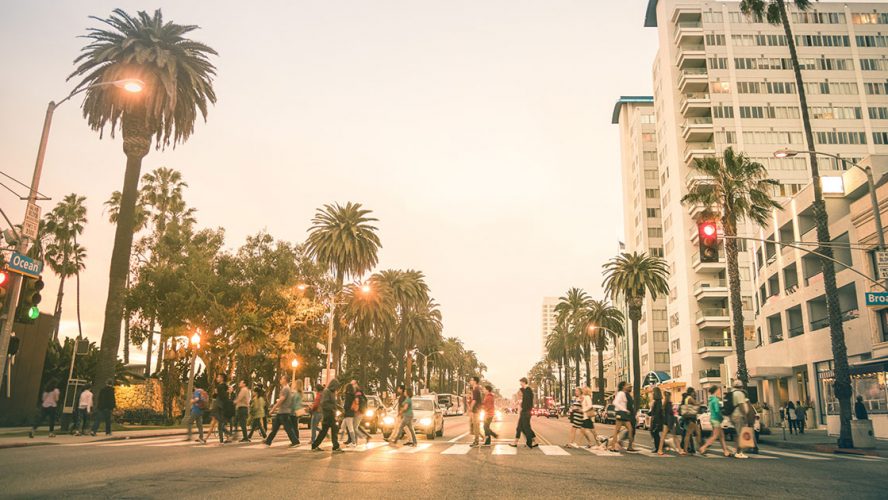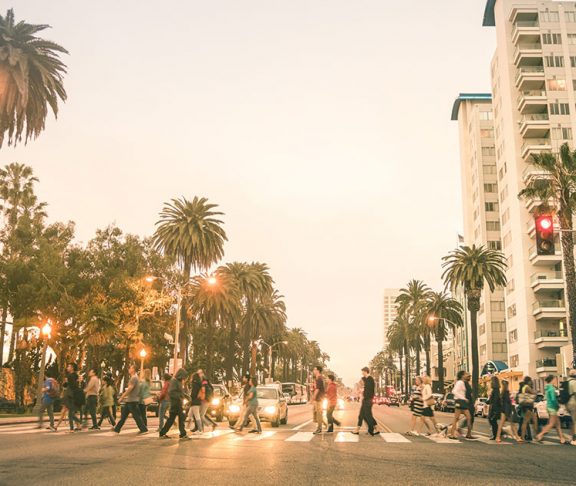Los Angeles is getting a lot smarter.
Not the citizens — the city itself. Leaders partnered with the University of Southern California and tech companies to form I3, a consortium that is developing an Internet of Things (IoT) environment for the entire city. Soon, according to Ted Ross, chief information officer for the city of Los Angeles, the computers in your smartphones and tablets will be able to connect with computer systems in parking meters, traffic lights and other devices. Los Angeles as a smart city could be a glimpse into the future.
What is a smart city?
Any community can turn itself into a smart city. Leadership in smart cities take advantage of communication and information technologies that eliminates some of the hassles of everyday life. Every smart city is unique, creating an urban smart environment that best fits its needs. By utilizing IoT devices, communities can be more accessible and even more sustainable.
Smoother transport
Getting around congested urban areas is time consuming and not easy. In a smart city, however, the use of sensors and phone apps can act as people movers. With a smartphone, users can not only find the fastest route to their destination, they can also track public transportation, car sharing options or bike rentals, with payments for services set up through a pay-as-you-go infrastructure. Transportation departments use apps to better coordinate customer services. Internet-controlled devices allow city managers and engineers to adjust traffic patterns in real time, allowing for a smart traffic flow.
Urban mobility
Of course, you want your trip around town to be safe and efficient. Sensors on traffic lights mean no more sitting at a red light when there isn’t another car in sight. Some cities have smart lighting systems that can sense when someone is in the area, dimming and brightening as needed. Smart meters on water fountains monitors drinking water quality. Even trash collection can be improved with IoT; sensors in public trash containers relay the need for waste removal. By recognizing human movement and the way we use public utilities, cities and citizens will see a decrease in overall energy use and an increasingly safer environment.
Using the data
The proliferation of IoT may make it seem like smart cities are less private cities. It’s true that the devices gather a lot of data. It’s up to city leadership to use this information to not only make the city smart but more responsive. A smart city makes life easier for citizens, guests and municipal workers. A responsive city uses the data gathered to influence the way these systems work. For instance, with the use of virtual and augmented reality technologies, city managers can get a better picture of how people are using city spaces.
The Internet of Things is changing every facet of our lives. IoT will also change the dynamics of the way cities operate by making them smarter and more intuitive.

